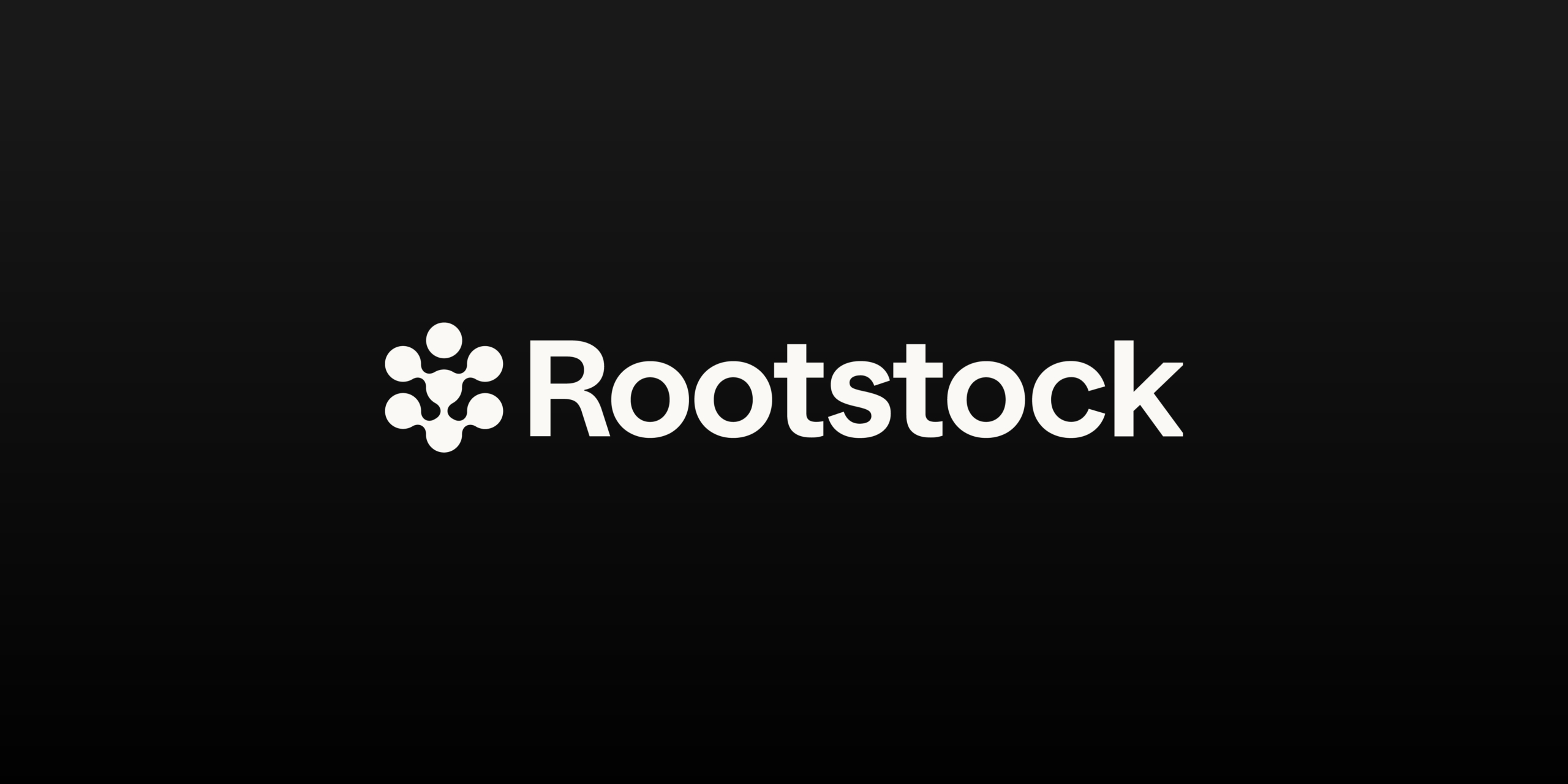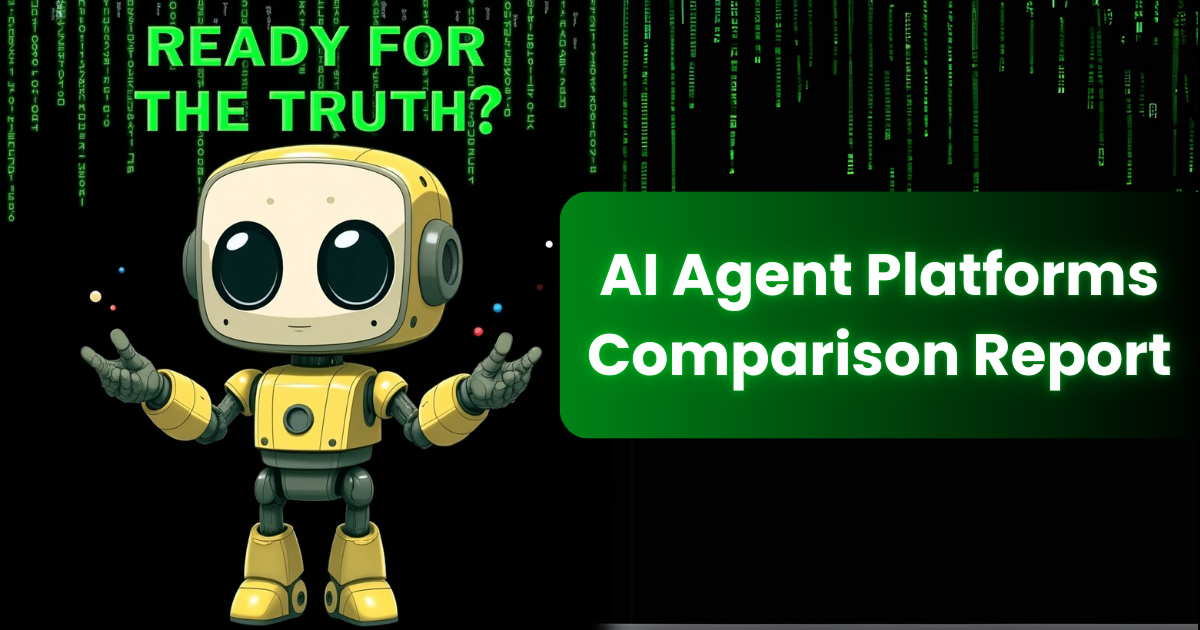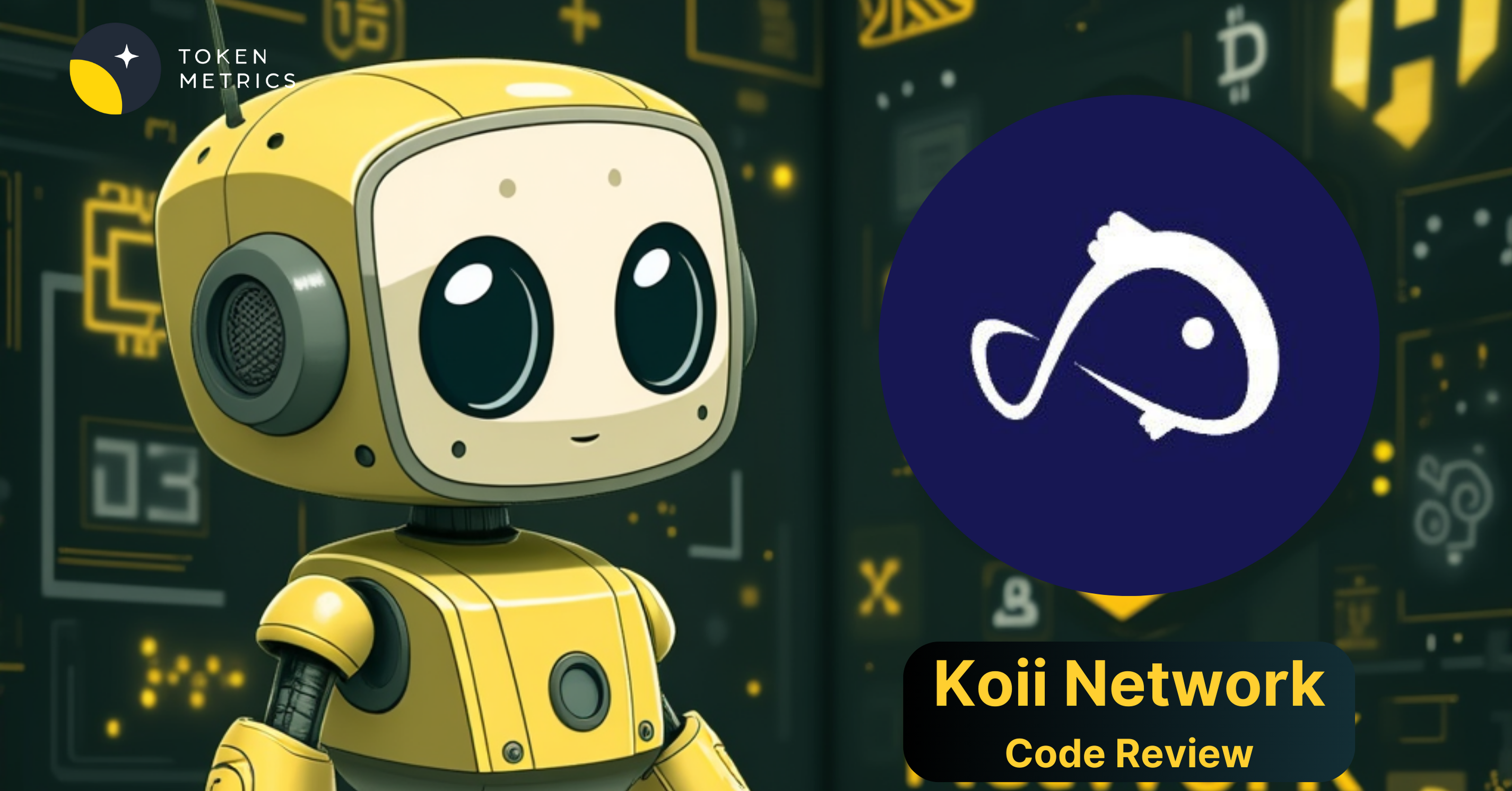Introduction
Rootstock (RSK) is an innovative smart contracts platform that operates atop the Bitcoin network, aiming to introduce a more inclusive and decentralized financial system. It leverages the security and widespread acceptance of Bitcoin to offer a robust environment for smart contract deployment and execution. This review objectively analyzes RSK’s technological innovations, architecture, code quality, product roadmap, usability, team expertise, and overall potential.
Rootstock Innovation
RSK introduces a significant innovation in the blockchain space by integrating smart contract functionality with Bitcoin’s robust network. Its Ethereum Virtual Machine (EVM) compatibility allows for seamless migration of Ethereum smart contracts, fostering an inclusive developer ecosystem. RSK’s innovation is further exemplified by its merged mining technique, utilizing over 50% of Bitcoin’s hashing power, and the PowPeg protocol, facilitating a secure BTC to RBTC conversion.
Architecture
RSK’s architecture is noteworthy for its merged mining approach, leveraging Bitcoin’s immense hashing power. This design choice secures the Rootstock network and provides an additional revenue stream for Bitcoin miners. The EVM compatibility and RSKj Java implementation are critical architectural components, ensuring ease of adoption and interoperability with existing Ethereum-based tools and contracts.
Code Quality
The codebase of RSK demonstrates good quality, with opportunities for further refinement. Using Java in RSKj ensures a balance between performance and accessibility, catering to a broad developer base. Continuous updates and improvements would enhance its robustness and security further.
Product Roadmap
RSK’s roadmap exhibits a solid commitment to enhancing interoperability, scalability, and security within the blockchain domain. Integrating RIF OS protocols and products like RIF Flyover, Relay, Name Service, and Rollup indicates a forward-thinking approach toward building a comprehensive and user-friendly ecosystem.
Usability
The usability of RSK is commendable, mainly due to its EVM compatibility, which simplifies the transition for Ethereum developers. The Rootstock Infrastructure Framework (RIF OS) further enhances usability by providing a suite of protocols and services that reduce development time and promote easier adoption.
Team
The combined efforts of RIF Labs and RSK Labs, composed of developers with intermediate experience, drive the project’s development. The team’s expertise in blockchain technology is evident in the platform’s intricate design and functionality. Continued growth and diversification in team expertise could propel RSK’s development further.
Conclusion
Rootstock (RSK) emerges as a pivotal platform in the blockchain arena, bridging Bitcoin’s robust security with the versatility of smart contracts. Its innovative approach, EVM compatibility, and a strong focus on interoperability and user experience position RSK as a promising player in driving blockchain technology toward more widespread and efficient use. While there is room for improvement in code quality and team expertise, the project’s vision and current trajectory are auspicious.
| Initial Screening | |||
| Keep researching | |||
| Does this project need to use blockchain technology? | Yes | ||
| Can this project be realized? | Yes | ||
| Is there a viable use case for this project? | Yes | ||
| Is the project protected from commonly known attacks? | Yes | ||
| Are there no careless errors in the whitepaper? | Yes | ||
| Project Technology Score | |||
| Description | Scorecard | ||
| Innovation (Out Of 11) | 11 | ||
| How have similar projects performed? | Good | 2 | |
| Are there too many innovations? | Regular | 2 | |
| Percentage of crypto users that will use the project? | Over 11% | 5 | |
| Is the project unique? | Yes | 2 | |
| Architecture (Out of 12) | 9 | ||
| Overall feeling after reading whitepaper? | Good | 2 | |
| Resistance to possible attacks? | Good | 2 | |
| Complexity of the architecture? | Not too complex | 2 | |
| Time taken to understand the architecture? | 20 – 50 min | 1 | |
| Overall feeling about the architecture after deeper research? | Medium | 2 | |
| Has the project been hacked ? | No | 0 | |
| Code Quality (out of 15) | 13 | ||
| Is the project open source? | Yes | 2 | |
| Does the project use good code like C,C++, Rust, Erlang, Ruby, etc? | Yes | 2 | |
| Could the project use better programming languages? | No | 0 | |
| Github number of lines? | More than 10K | 1 | |
| Github commits per month? | More than 10 | 2 | |
| What is the quality of the code? | Good | 2 | |
| How well is the code commented? | Good | 1 | |
| Overall quality of the test coverage? | Outstanding | 2 | |
| Overall quality of the maintainability index? | Good | 1 | |
| When Mainnet (out of 5) | 5 | ||
| When does the mainnet come out? | Mainnet Ready | 5 | |
| Usability for Infrastructure Projects (out of 5) | 5 | ||
| Is it easy to use for the end customer? | Medium | 5 | |
| Team (out of 7) | 5 | ||
| Number of active developers? | 5+ | 2 | |
| Developers average Git Background? | Intermediate | 1 | |
| Developers coding style? | Solid | 2 | |
| Total Score (out of 55) | 48 | ||
| Percentage Score | |||
| Innovation | 20.00% | ||
| Architecture | 16.36% | ||
| Code Quality | 23.64% | ||
| Mainnet | 9.09% | ||
| Usability | 9.09% | ||
| Team | 9.09% | ||
| Total | 87.27% |





